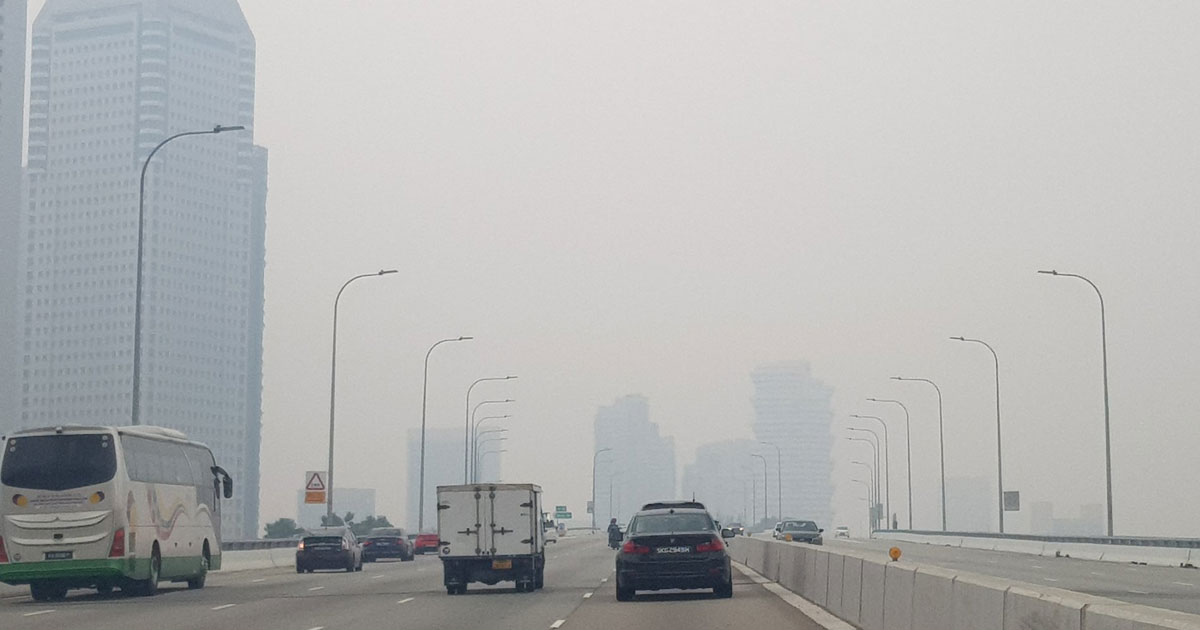Follow us on Telegram for the latest updates: https://t.me/mothershipsg
Haze could return to Southeast Asia in 2022, but it won't be that bad, according to a 24-page report released by the Singapore Institute of International Affairs (SIIA) on June 28.
SIIA’s report rated the risk of transboundary haze in 2022 as amber, on a scale of green (low), amber (medium), and red (high).
The report said the haze pollution "is unlikely to be on the same degree as transboundary haze incidents in 1997-1998, 2013, 2015, and 2019".
The less severe haze is due to the relatively mild dry season owing to normal or wetter-than-average rainfall in the coming months.
The report also said the scale of land clearing is not projected to be as extreme as previous years.
But 2022 will likely see more haze compared to the year before.
The haze risk assessment in 2021 was colour-coded green.
SIIA’s risk assessment is based on three factors -- weather, people , and policies.
Reason for possible hazy conditions in 2022
SIIA’s chairman Simon Tay said in the report's foreword that the shift in colour and SIIA’s assessment does not reflect a “weakening” of sustainability policy in Indonesia and the region, CNA reported.
The SIIA report also said there is no elevated risk of haze based on weather factors alone.
Instead, market forces are at play to induce more land clearing through the illegal use of fire as a clearing method.
This is due to the current record high palm oil and other forest commodity prices that drive growers to expand or intensify their plantation operations.
Market forces at play
Oil palm growers have bought double the amount of oil palm seeds compared to 2018, when palm oil prices were at a historic low.
The Indonesian government has implemented numerous policies aimed at lowering the risk of fires, including a permanent moratorium on the granting of new concession permits in primary forest and peatland areas.
But the sharp rise in palm oil prices may result in illegal use of fire for land clearing, and may illegally encroach on forest and peatland areas, in order to maximise profit.
Indonesia has put in place a ban on palm oil exports in late April and May to bring down domestic palm oil prices, but global factors driving high palm oil prices, such as war in Ukraine, are still in effect.
Top photo via @charlie_set
If you like what you read, follow us on Facebook, Instagram, Twitter and Telegram to get the latest updates.
